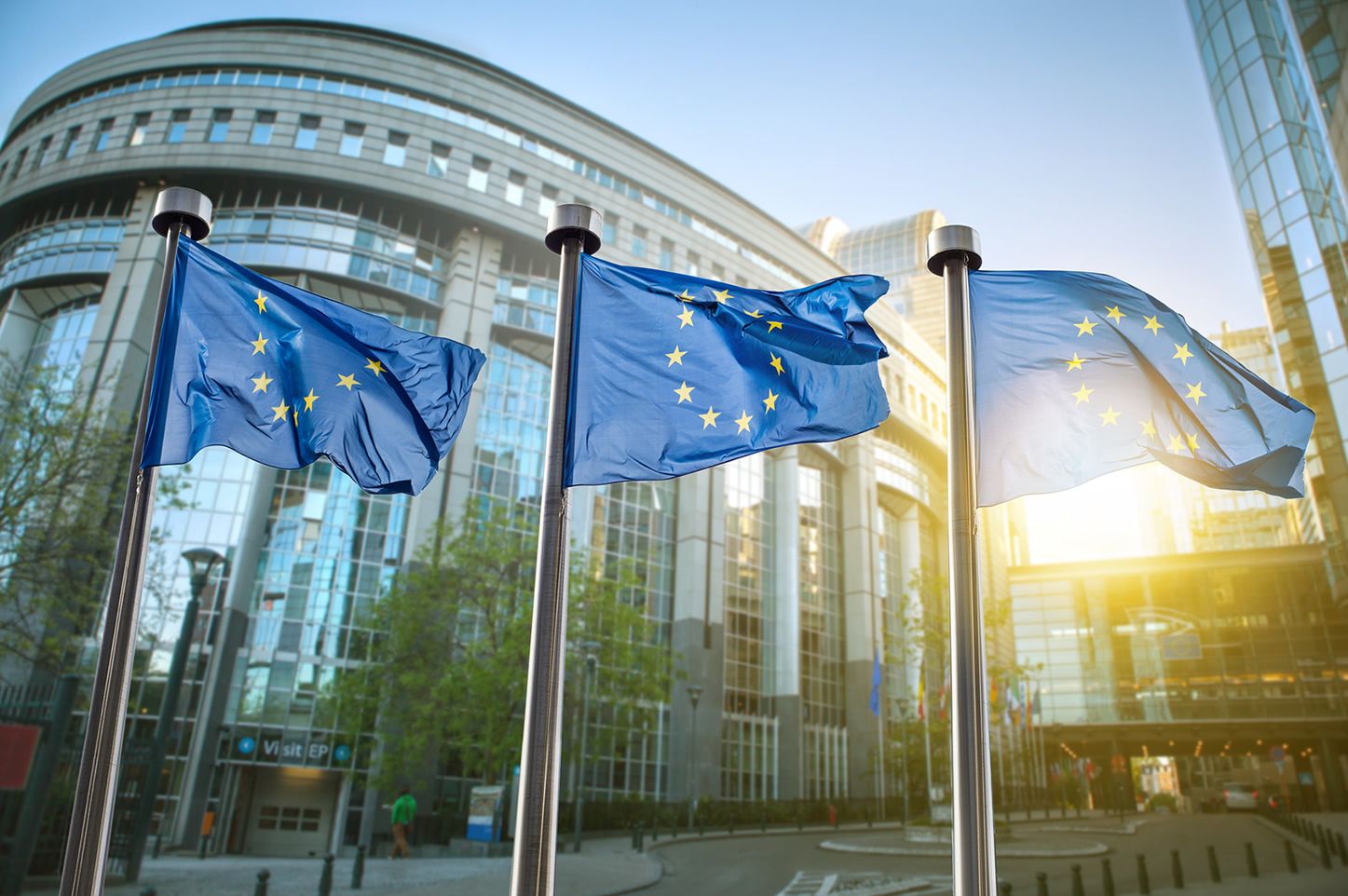The Euro-to-Dollar Rate Could Fall to 1.15 on Italian Political Risk Factors says Intesa Sanpaolo
- EUR/USD could fall to 1.1500 on heightened Italian political risk factors
- New coalition government's policies put it in direct opposition to Brussels
- J.P. Morgan, however, think bar to Italexit and 'real' Euro depreciation high

© artjazz, Adobe Stock
The EUR/USD exchange rate is currently trading at 1.1761 but it could fall to 1.1500 due to brewing political risks in Italy which threaten to destabilise the integrity of the Eurozone, says Luca Mezzomo, head of macroeconomic analysis at Italian lender, Intesa Sanpaolo.
"Acknowledgement of the fact that the Eurozone’s third-largest economy is now in the hands of a government that declares itself ready to launch a frontal attack on the fiscal framework and the rules of the single market, could penalise the Euro," says Mezzomo.
The main concern for markets is the new coalition's plan to radically increase public spending whilst at the same time cutting taxes, despite the country already having the second largest public debt burden in the Eurozone, of 130% of GDP - second only to Greece.
"The new Italian government seems to intend to abandon the deficit reduction path, relying on one-off and accounting measures to reduce the debt. Should this effectively be the case, the consequences could be a significant increase in risk premiums, precautionary flows to the advantage of the CHF and USD, and a resurgence in re-denomination risk. Signals of a co-movement of the EUR/CHF and of the BTP-Bund spread have already been detected in the past few days," says Mezzomo.
"We cannot rule out a resumption of the EUR/USD’s course towards 1.15 and, consequently, a revision of our forecasts in the next few days," says Mezzomo. However, Intesa Sanpaolo maintain that the Euro should ultimately rebound towards 1.20 as the European Central Bank is tipped to raise interest rates in 2019; typically currencies tend to rise when central banks enter a period of interest rate rises.
However, the forecast profile that sees a return higher in EUR/USD is dependent on the new Italian government not rattling the Eurozone to an extent that it starts to materially hurt the single-currency.
Daniel P Hui, an analyst at JP Morgan is however sanguine about the Euro being exposed to any Italian-inspired downside.
"The hurdle for Italian politics to alter the medium-term outlook for the EUR was high – only if developments would appear to lead to the possibility of Italy abandoning the single currency would we expect EUR to have to price in significant risk premium, in addition to the de-pricing of ECB normalization which would presumably happen," says Hui.
Despite not being as bearish about the Euro as Intesa, JP Morgan's Hui is not bullish EUR/USD either, seeing a risk in the short-term that EUR/USD could weaken due to Dollar strength more than Euro weakness.
One of the main fundamental drivers of the strengthening US Dollar is lower-than-expected global growth which has surprised those who expected the rest of the world (RoW) to catch up with the Dollar. The RoW thesis was behind the Dollar weakness earlier in the year when EUR/USD surged higher, but poor Q1 data has disproved it. This has led to a massive "unwind of USD shorts" as investors have been caught wrongfooted. The unwind is part of the reason for the USD's recent strong rally.
"63% of the extreme short dollar base seen earlier this year has unwound," says Hui, although he still expects more to push the Dollar even higher in the short-term.
"Especially ahead of flash PMI’s next week, the risk is that recent cyclical trends drive the unwind of USD shorts and discount to extend even further, especially if short dollar positioning among asset managers which have not materially capitulated yet (versus leveraged funds) are forced to finally adjust macro baselines," says the analyst.
Another driver is the US Dollar's undervaluation which JP Morgan estimates at 4.7% currently.
This is lower than the oversold extremes of mid-February which saw it 13.0% undervalued but not yet at equilibrium and thus still liable to further adjustment higher.
Get up to 5% more foreign exchange by using a specialist provider to get closer to the real market rate and avoid the gaping spreads charged by your bank when providing currency. Learn more here.




